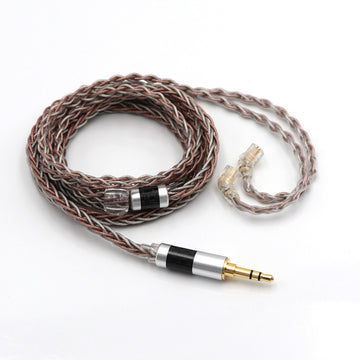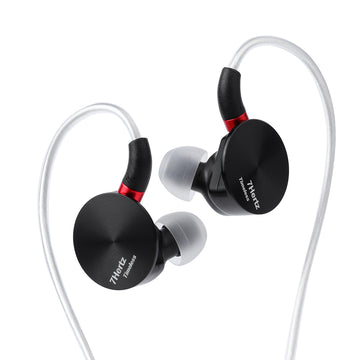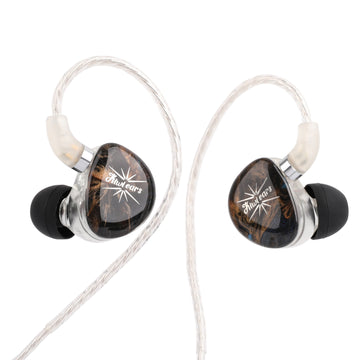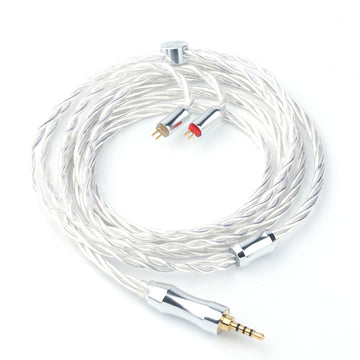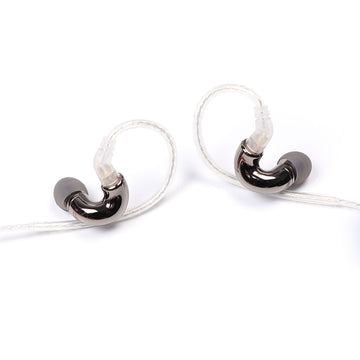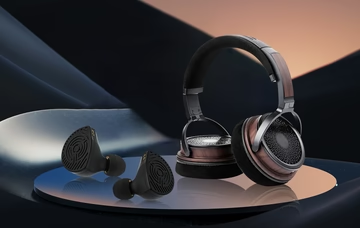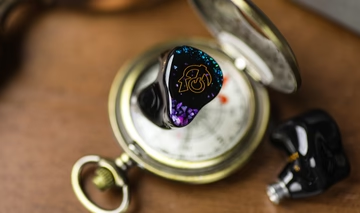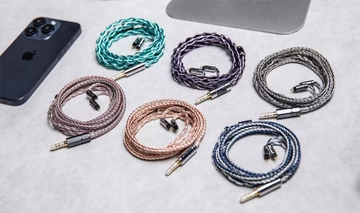 In our digitally-driven era, whether it's getting lost in the melodies of music or experiencing the surround sound of movies, high-quality headphones and IEMs (In-Ear Monitors) are indispensable. However, with an overwhelming array of products and technical jargon in the market, how do we choose the right pair for ourselves? This article aims to demystify common headphone parameters, guiding you on a voyage through the ocean of audio quality.
In our digitally-driven era, whether it's getting lost in the melodies of music or experiencing the surround sound of movies, high-quality headphones and IEMs (In-Ear Monitors) are indispensable. However, with an overwhelming array of products and technical jargon in the market, how do we choose the right pair for ourselves? This article aims to demystify common headphone parameters, guiding you on a voyage through the ocean of audio quality.
1. Frequency Response: The Expanse of Sonic Range
Frequency response is an indicator of the lowest and highest frequencies a headphone can produce, typically measured in Hz (Hertz) or kHz (kilohertz). A broader frequency response means the headphones can reproduce a wide range of frequencies from the audio file. The human ear can perceive frequencies approximately from 20Hz to 20kHz, and a good pair of headphones should cover this range, ensuring that you hear every high and every low.
2. Sensitivity: Low Power, High Output
Sensitivity refers to the sound pressure level produced by the headphones at a given power, usually expressed in dB/mW (decibels/milliwatt). If you're using a smartphone or a portable player, opting for headphones with higher sensitivity will be easier to drive, meaning they will be louder at the same input power.
 |
HarmonicDyne Black Hole
Ergonomic 50mm Dynamic Driver Headphones
|
Impedance, measured in ohms (Ω), represents the resistance of the headphones to the electric current. Low impedance headphones (like 16Ω) are easy to drive and are suitable for portable devices like smartphones. High impedance headphones (like 300Ω), on the other hand, may require professional audio equipment to deliver their best performance.
4. Driver Unit: The Heart of Sound
The driver unit is the heart of the headphones, converting electrical signals into sound signals. The size and type (such as dynamic, planar magnetic, or electrostatic) of the driver unit influence the quality and characteristics of the sound. The choice of driver unit is highly personalized and should be based on your listening preferences and purpose.
 |
SIMGOT EA500 LM
The 2nd Generation Of Dual-Magnet & Dual-Cavity Lithium-Magnesium Diaphragm Dynamic Driver IEMs
|
Total Harmonic Distortion (THD) measures the distortion level produced by the headphones while playing audio, expressed as a percentage (%). A lower THD means that the headphones have higher fidelity in amplifying sound, providing a cleaner and more accurate audio reproduction.
6. Noise Isolation/Noise Cancellation: Serenity in Sound
The noise isolation ability of headphones can be passive (through the design of the earbuds or cups) or active (like ANC, Active Noise Cancellation technology). Good noise isolation or noise cancellation provides a purer listening environment, especially in noisy surroundings, allowing you to focus solely on the sound.
 |
ROSE TECHNICS Ceramics
10mm Large DLC Diaphragm Wireless Earbuds
|
Choosing the right headphones or IEMs is not just about the specs; the actual listening experience is also influenced by individual hearing, the quality of the audio source, and the genre of music. If possible, personal testing is the best way to choose headphones. Through this article, we hope you gain more confidence in your next purchase, finding the pair of headphones that truly suits you, and enjoying the pure joy every note brings.


